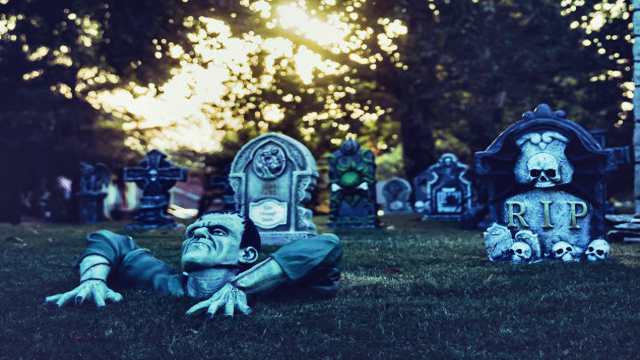As Halloween approaches each year, children and adults alike eagerly anticipate the age-old tradition of trick or treating. This festive practice, where costumed children roam neighborhoods collecting candy, has become synonymous with Halloween celebrations.
But where did this delightful custom originate, and how has it evolved over the years?
The roots of trick or treating can be traced back to ancient Celtic festivals, particularly Samhain, which marked the end of the harvest season and the beginning of winter. Celebrated on the night of October 31, Samhain was believed to be a time when the boundary between the living and the dead was blurred. People would light bonfires and wear costumes to ward off wandering spirits.
This practice of disguising oneself to avoid recognition by ghosts is one of the earliest forms of what we now know as trick or treating.
In medieval Europe, a custom known as “souling” emerged. On All Hallows’ Eve, the poor would go door to door, offering prayers for the dead in exchange for food. This practice evolved over time, particularly in England, where children began to dress up and perform tricks in exchange for treats. By the 19th century, the tradition of trick or treating began to take shape as we know it today.
The modern version of trick or treating gained popularity in the United States in the early 20th century. The practice was initially met with some resistance, as many communities viewed it as a nuisance. However, by the 1930s, it had become a widely accepted Halloween tradition. The term “trick or treat” was first recorded in print in 1927, and by the 1950s, it had become a staple of Halloween celebrations across the country.
The post-World War II era saw a significant increase in the commercialization of Halloween, with candy manufacturers capitalizing on the growing popularity of trick or treating. This led to the mass production of Halloween-themed candies, making it easier for families to participate in the tradition. Today, it is estimated that Americans spend billions of dollars on Halloween candy each year, with trick or treating being a central part of the holiday festivities.
While the core elements of trick or treating have remained consistent, the practice has also evolved to reflect changing societal norms. In recent years, there has been a growing emphasis on safety, leading to organized events such as trunk-or-treats, where children collect candy from decorated car trunks in a controlled environment. Additionally, some communities have embraced inclusive practices, encouraging participation from children of all backgrounds and abilities.
Despite these changes, the essence of trick or treating remains the same: a celebration of community, creativity, and the joy of childhood. As children don their costumes and venture out into the night, they partake in a tradition that connects them to centuries of history and cultural significance.
In conclusion, the history of trick or treating is a rich tapestry woven from ancient customs, medieval practices, and modern innovations. As we celebrate Halloween each year, we honor the traditions of the past while creating new memories for future generations. So, as you prepare for the festivities, remember the fascinating journey that has brought us to this beloved Halloween tradition. Happy Halloween!

